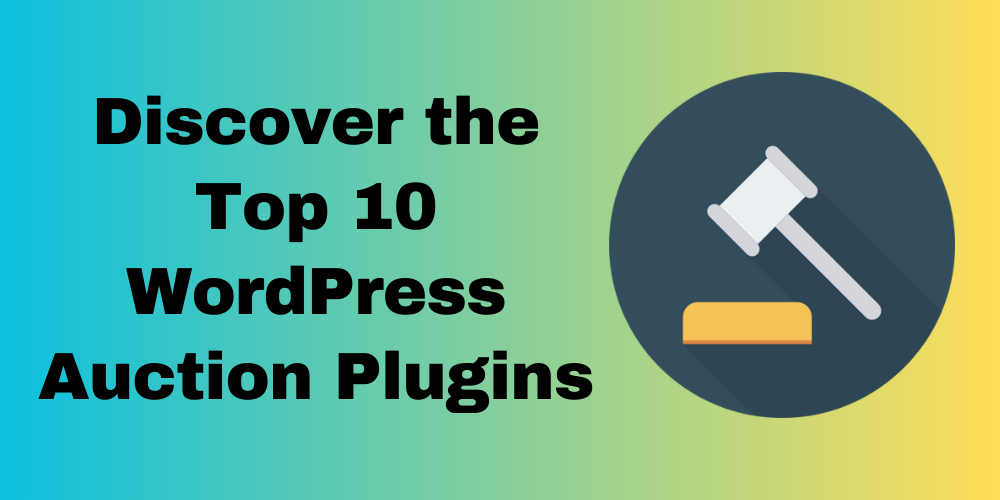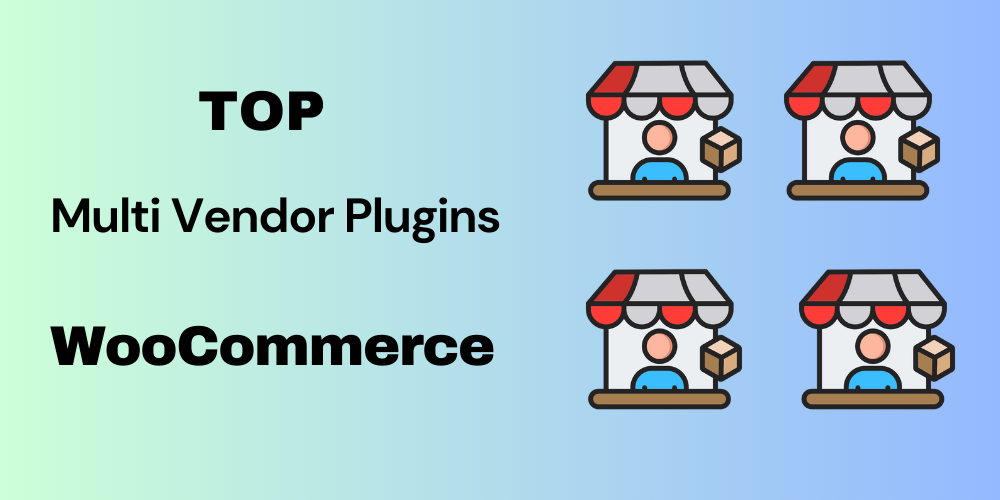Table of Contents Overview Ultimate Auction Pro Auctions Made Easy for WooCommerce Auctions for WooCommerce…
How to Create WordPress Dashboard Widget Step by Step

Table of Contents
- Introduction
- Why Add a Custom Dashboard Widget?
- How to Create a WordPress Dashboard Widget
- Complete Code Example
- Customizing Your Widget
- FAQs
Introduction
A WordPress dashboard widget is a useful tool that displays important information or quick access links inside the WordPress admin dashboard. In this guide, you will learn how to create a custom dashboard widget step by step.

Why Add a Custom Dashboard Widget?
Adding a custom widget to the dashboard can help display useful information such as:
- Website statistics
- Recent orders or sales data
- Quick links to important sections
- Custom messages for administrators or editors
How to Create a WordPress Dashboard Widget
Follow these simple steps to create a WordPress dashboard widget.
Step 1: Add Code to functions.php
To begin, open your theme’s functions.php file and add the following code:
function custom_dashboard_widget() {
echo "<p>Welcome to your custom dashboard widget!</p>";
}
Step 2: Define the Widget Function
Now, define a function to create the widget and display content:
function add_custom_dashboard_widget() {
wp_add_dashboard_widget('custom_dashboard_widget', 'My Custom Widget', 'custom_dashboard_widget');
}
Step 3: Register the Widget
Finally, hook the function to wp_dashboard_setup so it loads when the dashboard initializes:
add_action('wp_dashboard_setup', 'add_custom_dashboard_widget');
Complete Code Example
Here is the complete code to create your WordPress dashboard widget:
function custom_dashboard_widget() {
echo "<p>Welcome to your custom dashboard widget!</p>";
}
function add_custom_dashboard_widget() {
wp_add_dashboard_widget('custom_dashboard_widget', 'My Custom Widget', 'custom_dashboard_widget');
}
add_action('wp_dashboard_setup', 'add_custom_dashboard_widget');
Customizing Your Widget
You can modify the widget content by adding:
Adding an Image
echo "<img src='https://example.com/image.jpg' alt='Dashboard Image' style='width:100%;'>";
Adding a Button
echo "<a href='https://example.com' class='button button-primary' style='display:inline-block; padding:10px; background:#0073aa; color:#fff; text-decoration:none;'>Click Here</a>";
Adding a Link
echo "<p><a href='https://example.com'>Go to Custom Page</a></p>";
Displaying Dynamic Data (Example: Current User Name)
$current_user = wp_get_current_user();
echo "<p>Hello, " . esc_html($current_user->display_name) . "!</p>";
Example with an Admin Notice
echo "<div style='background: #ffeb3b; padding: 10px;'>Important notice: Don't forget to update your plugins!</div>";
FAQs
Can I create multiple dashboard widgets?
Yes, you can add multiple widgets by defining separate functions and calling wp_add_dashboard_widget for each one.
Can I add custom styling to my widget?
Yes, you can use inline CSS within the widget content or enqueue a separate CSS file.
Will this work on a WordPress multisite?
Yes, but you may need to modify the code to target specific sites or user roles.
Can I display dynamic data in the widget?
Yes, you can use PHP to fetch data from the database or integrate APIs.







This Post Has 0 Comments